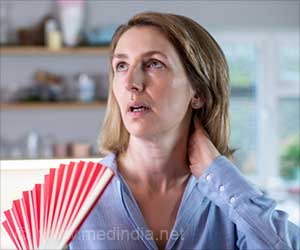Researchers at University of Liverpool have shown how a single-celled organism, living freely in the environment, could be a source of Salmonella transmission to animals and humans.
A single-celled organism, which lives freely in the environment, may be a possible source of Salmonella transmission to both humans and animals alike; report researchers at University of Liverpool.
Salmonella are microscopic living creatures that can contaminate almost any food type, causing diarrhoea, abdominal pain and fever.Scientists know that Salmonella - which can also cause typhoid fever - has evolved unique mechanisms to prevent the body's immune system from functioning effectively, but until now it was not understood how it survives so successfully in the environment.
Now, Liverpool scientists, in collaboration with the Institute for Animal Health, have demonstrated that Salmonella use a secretion system to protect themselves inside amoeba - a single-celled organism living on land and in the water.
Their study suggests that amoeba may be a major source of Salmonella within the environment and could play a significant role in transmission of infection to man and animals.
Salmonella uses a system, called SP12 type III, which acts as a bacterial machine inside organisms and causes disease in humans, animals and plants.
The system employs a 'syringe-like' mechanism to inject bacteria into cells that would normally release compounds to rid the body of harmful substances.
Advertisement
"Salmonella has managed to survive extremely successfully in the environment, finding its way into our food and causing illness, despite the body's best efforts to fight it off. We found that it uses a system, which operates, in the human immune system as well as inside amoeba living in the environment. This system essentially protects Salmonella within cellular compartments, called phagosomes, where it can survive and multiply," Dr Paul Wigley, from the National Centre for Zoonosis Research, based at the University's Leahurst campus, said.
Advertisement
Source-ANI
TAN/L













